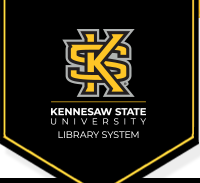Abstract
The goal of this contribution is to analyze the presence of different languages in the linguistic landscape of Cancún, Quintana Roo. Cancún has a population of about 650,000 inhabitants. As a main tourist destination, the city also remains a top migration destination for Mexicans from other (rural) Mexican areas. Therefore, in addition to autochthonous speakers of maya yucateco, speakers of other indigenous languages, e.g., tzotzil and chontal, also migrate to the Cancún metropolitan area. In this paper, we analyze to which extent Cancún’s linguistic superdiversity is reflected in its urban landscape. In order to achieve that, we first created photo corpora of more than 2,000 top-down and bottom-up-initiated signs in downtown Cancún as well as in the zona hotelera. On the one hand, the findings show an invisibility of Mexican indigenous languages in the top-down linguistic landscape of Cancún with very few (bottom-up) exceptions due to the process of the commodification of authenticity in the beach area and the downtown area, and a total dominance of Spanish as the de facto national language of Mexico, as well as English as the globally dominant language, especially in international touristic areas.
Recommended Citation
Harjus, Jannis; Peter, Benjamin; and Yoksulabakan-Harjus, Linda
(2025)
"El maya yucateco en el paisaje lingüístico de Cancún (México): entre invisibilidad y comodificación de autenticidad,"
Journal of Maya Heritage: Vol. 6, Article 1.
DOI: https://doi.org/10.62915/2995-7427.1026
Available at:
https://digitalcommons.kennesaw.edu/mayaheritage/vol6/iss1/1
Included in
Anthropological Linguistics and Sociolinguistics Commons, Discourse and Text Linguistics Commons, Indigenous Studies Commons, Other Linguistics Commons, Race and Ethnicity Commons, Sociology of Culture Commons, Tourism Commons

